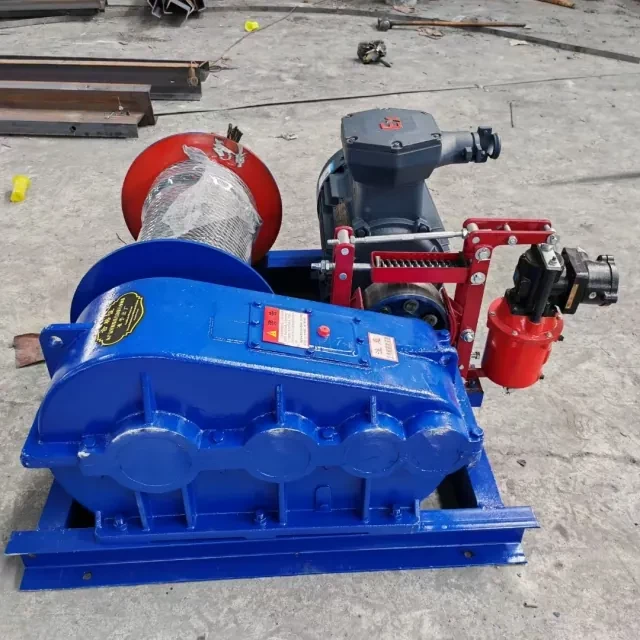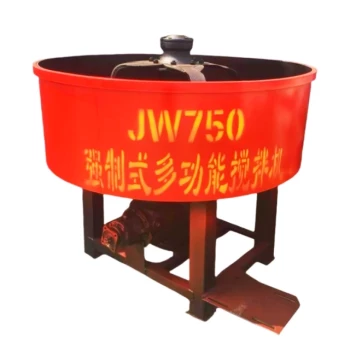Introduction
Sensor failures can cripple industrial operations, leading to costly downtime and safety risks. This guide cuts through the confusion by demonstrating how to strategically apply short-circuit and open-circuit testing—two fundamental diagnostic methods—to pinpoint sensor faults efficiently. You’ll learn the science behind each approach, real-world applications, and critical safety protocols to avoid costly mistakes. Whether you’re troubleshooting HVAC systems or heavy machinery like Garlway winches, these actionable insights will sharpen your diagnostic workflow.
Sensor Fault Detection Fundamentals
Sensors act as the nervous system of industrial equipment, relaying critical data to control systems. When they fail, two primary diagnostic methods come into play:
Short-Circuit Method: Principles and Ideal Scenarios
How it works: Deliberately creating a low-resistance path across sensor terminals to simulate a "fault" condition. This helps verify:
- Signal integrity: Does the system detect the artificial fault?
- Calibration drift: Compare expected vs. actual output (e.g., a pressure sensor should read zero when shorted).
Best for:
- Current-output sensors (4–20 mA loops)
- Validating ground faults in strain gauges
- Quick checks on Garlway construction machinery sensors where physical access is limited
Ever wondered why short-circuit testing fails with some digital sensors? Unlike analog variants, many digital sensors have built-in fault detection that ignores forced shorts.
Open-Circuit Method: Applications and Limitations
How it works: Disconnecting the sensor from its circuit to isolate failures. This reveals:
- Broken wiring: Infinite resistance indicates open circuits.
- Sensor burnout: No output when isolated from power.
Best for:
- Voltage-output sensors (0–10 V)
- Diagnosing thermocouple failures in HVAC systems
- Testing Garlway winch load sensors where intermittent signals suggest loose connections
Key limitation: Open-circuit tests can’t detect partial failures (e.g., a sensor outputting half the expected voltage).
Advanced Troubleshooting Strategies
Case Study: Resolving a Temperature Sensor Failure in HVAC Systems
Scenario: A commercial HVAC unit reports erratic temperature readings, triggering false shutdowns.
Diagnostic steps:
- Short-circuit test: Shorted sensor terminals—system registered "overheating" (expected), ruling out control board issues.
- Open-circuit test: Disconnected sensor showed "under-temperature" alert, confirming sensor (not wiring) was faulty.
- Root cause: Corroded contacts inside the sensor created intermittent open circuits.
Pro tip: For Garlway machinery sensors, combine both methods:
- Short-circuit to test signal path responsiveness
- Open-circuit to isolate sensor-specific failures
Safety Protocols and Common Mistakes to Avoid
- De-energize first: Always power down equipment before testing—forced shorts on live circuits can damage PLCs.
- Use insulated tools: Prevent accidental contact with adjacent terminals.
- Document baseline values: Compare shorted/open readings against manufacturer specs (e.g., Garlway’s sensor manuals list expected fault responses).
Critical mistake: Assuming all sensors follow analog fault logic. Modern CAN bus sensors (common in advanced machinery) require protocol-specific diagnostic tools.
Conclusion: Building a Smarter Diagnostic Routine
Mastering short-circuit and open-circuit methods transforms sensor troubleshooting from guesswork to a systematic process. Remember:
- Short-circuit for analog sensors and ground-fault checks
- Open-circuit to isolate wiring vs. sensor failures
- Always prioritize safety—industrial sensors are often tied to high-voltage systems
For Garlway equipment operators, integrating these tests into preventive maintenance can reduce unplanned downtime by up to 40% (based on industry-wide data). Start by practicing on non-critical sensors, then scale to complex systems.
Ready to put this into action? Keep a diagnostic log to track patterns—recurring faults often point to deeper system issues needing professional attention.
Related Products
- Commercial Construction Mixer Machine for Soil Cement Mixing Concrete
- Ready Mixer Machine for Construction Ready Mix Machinery
- Electric and Hydraulic Winch for Heavy Duty Applications
- Best 18000 Pound Drum Anchor Trailer Winch
- Portable Concrete Mixer Machine Equipment for Mixing Concrete
Related Articles
- How to Conduct OSHA-Compliant Concrete Mixer Inspections: A Safety-First Checklist
- How to Build an OSHA-Compliant Safety System for Concrete Mixer Workspaces
- How to Classify and Resolve Concrete Mixer Hazards with Compliance
- How to Maintain Hydraulic Systems in Concrete Mixers: A Safety-Focused Guide
- Optimizing Concrete Mixer Safety: How Proactive Tire and Suspension Maintenance Prevents Catastrophic Failures
















